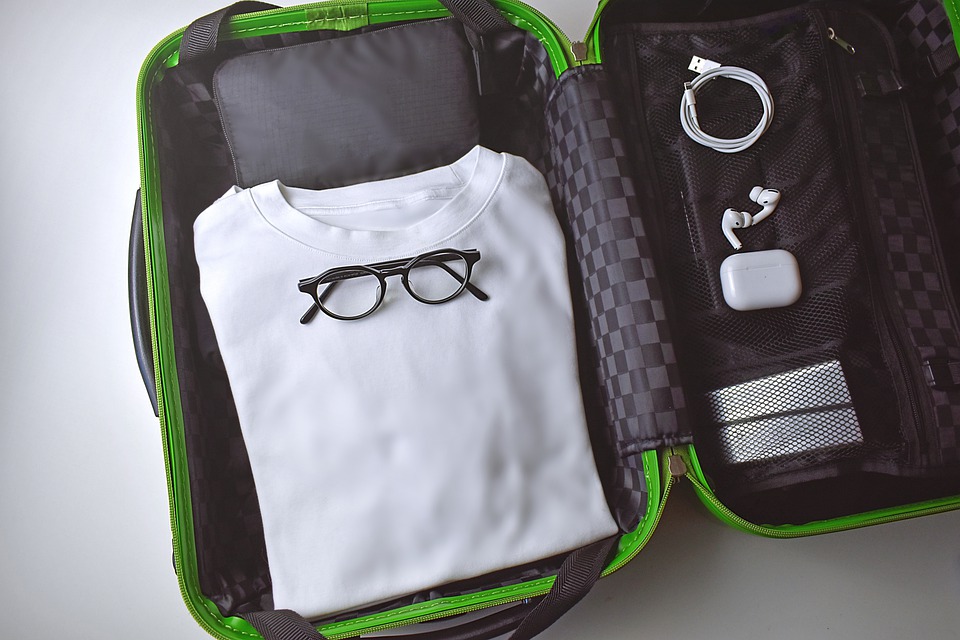
Digital Nomad Packing List
Always dreamed of visiting Europe? Home to iconic monuments, eclectic cultural activities and diverse cuisine, it’s no wonder millions of backpackers and digital nomads make the pilgrimage every year. It’s such a diverse continent, however, that it can be difficult to figure out what to bring with you. If you heading to Asia instead, check out our complete packing list for Asia right here!
What clothes, gadgets and security items you require really depends on where you are going to, what your accommodation is like and how you are travelling. Europe also experiences seasons, so a summer backpack will look very different from a winter backpack.
This is where we come in! We’ve got heaps of experience of traveling around the EU, and we’ve also spoken to digital nomads that currently live there to figure out what you should bring with you.
Digital Nomad Packing List for Europe
It’s the question that plagues every digital nomad when they’re first heading out into the world – backpack or trolley case? The answer to that really depends on what kind of trip you are planning and where you are going. When it comes to travel within Europe, you’ll have to keep a few things in mind.
The smaller the suitcase the better! In fact, if you can just use a regular rucksack, you’ll save a lot of time and energy. Budget airlines within Europe will usually only let you take a small backpack or handbag on for free. Generally speaking, it should be able to fit underneath the average budget plane seat.
That being said, it’s also common for visitors to the continent to use buses and trains. Even in this case it’s far better to go with something smaller, but generally a backpack will do you far better than a trolley case. We’d only recommend a trolley case if you plan on staying in the same city for a number of months. Otherwise, backpacks are your friend.
Packing list for Europe
Europeans have a bit of a reputation for well dressed. The style is certainly different than North America with clothing more focused on traditional style rather than the fashion cycle. This does depend a little bit on where you are in Europe. Scandinavian countries will prefer darker clothes, whilst Mediterranean countries are big on pastels. The UK, unsurprisingly, is a little bit closer to the American style these days.
Nevertheless, many backpackers don’t care too much about looking stylish when they’re travelling. After all, your backpack already lets the locals know that you’re a tourist. It’s up to you how you decide to dress, and if you’re taking a series of shorter trips, we definitely suggest opting for comfort.
If you’re staying longer in a city – as many digital nomads do – we recommend bringing a good mix of comfortable and stylish. You should also consider bringing one formal outfit if you plan on picking up new business whilst in the continent or going to more upscale events.
Should I prepare for different seasons?
Absolutely! Everywhere in Europe experiences the four seasons, but how they experience them is different depending on location on the map. Western Europe is usually a little warmer than Eastern Europe, and Southern Europe is of course warmer than the north. Winters in the western Mediterranean rarely experience snow, although temperatures can still hit single figures.
Traditionally, summers have been quite mild in Europe compared to the rest of the world. They’re undeniably warm but not the scorching heat you might be used to in North America or Australia. That being said, the continent is experiencing more and more heatwaves recently so it’s good to stay prepared.
Also keep in mind that many northern European homes are built to retain heat while Southern European homes do the opposite. This should influence your decision on what clothes to bring especially if you plan to work remotely from home. Most people don’t have air conditioning, and a few countries don’t have central heating because it isn’t as important.
Digital Nomad Gadgets
Chances are, if you’re a digital nomad, you don’t really have any choice! Nevertheless, we always recommend keeping the gadgets to a minimum. Do you really need that fancy DSLR or will a point and shoot do enough? In fact, could your mobile phone act as a camera as well? No matter where you are in the world, it’s best to try to keep the expensive gadgets at home.
Europe is a diverse continent, and each city, town and village is a little different. Barcelona is a major hub for digital nomads, but it’s also a major hub for pickpockets. If you can, it’s worthwhile buying a really cheap phone that you wouldn’t mind losing. Some of the pickpockets in Europe’s biggest cities are experts that you simply can’t avoid.
When it comes to laptops you should be fine, as long as you’re using a secure rucksack and only taking it out when you need it. Don’t leave it alone in the café whilst you go up to order unless a friend is with you.
Ultimately, some things are unavoidable. Thieves are smart, accidents happen and gadgets are expensive to replace. The most important thing you can take to Europe with you is an air-tight insurance policy.
Are there any extra items Digital Nomads Should Pack?
It’s common in some European countries (though not all) for hostels to charge you extra for sheets. You can avoid this by bringing your own. It’s also worthwhile checking the sleeping bag policy as some will only let you bring proper sheets (a nightmare, we know). You’ll also need to bring a padlock for your own locker and a travel towel.
What if you aren’t staying in a hostel? Most hotels and AirBnBs are well equipped across the continent, but always read the fine print on what is included in the price. You should bring a power bank as some long-distance transport options don’t have great plug sockets. Also think about the safest way to store your passport and wallet on longer journeys.
Finally, we also recommend grabbing a SIM card once you arrive. Roaming is free within the EU as long as you are using a SIM card that originates within the bloc. If the UK is your base there are a couple of service providers that offer free roaming across Europe, including Three.


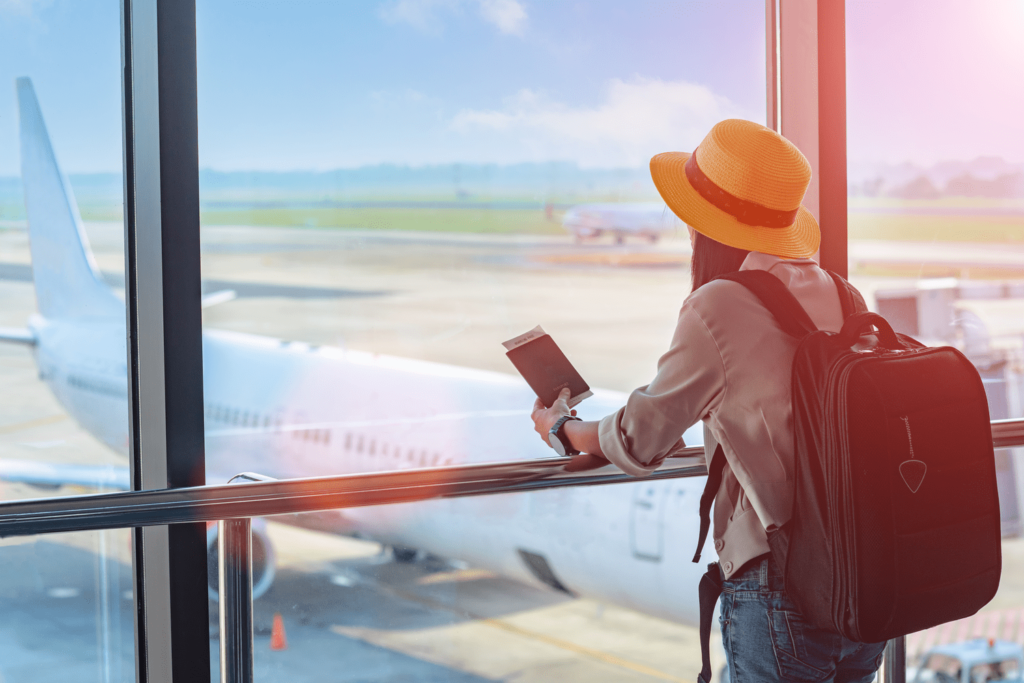
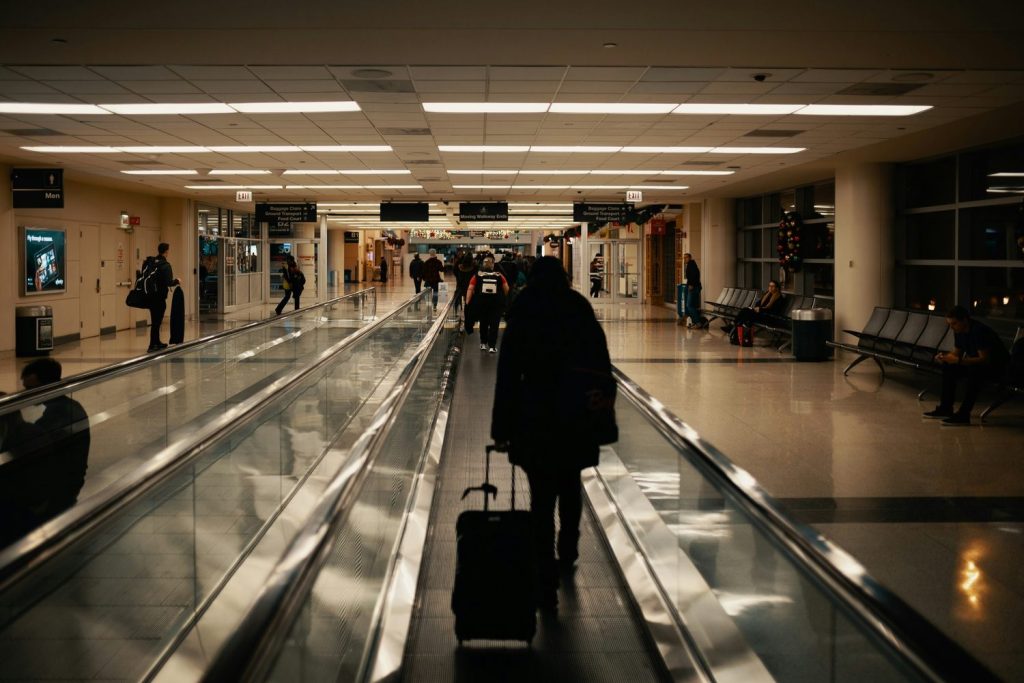
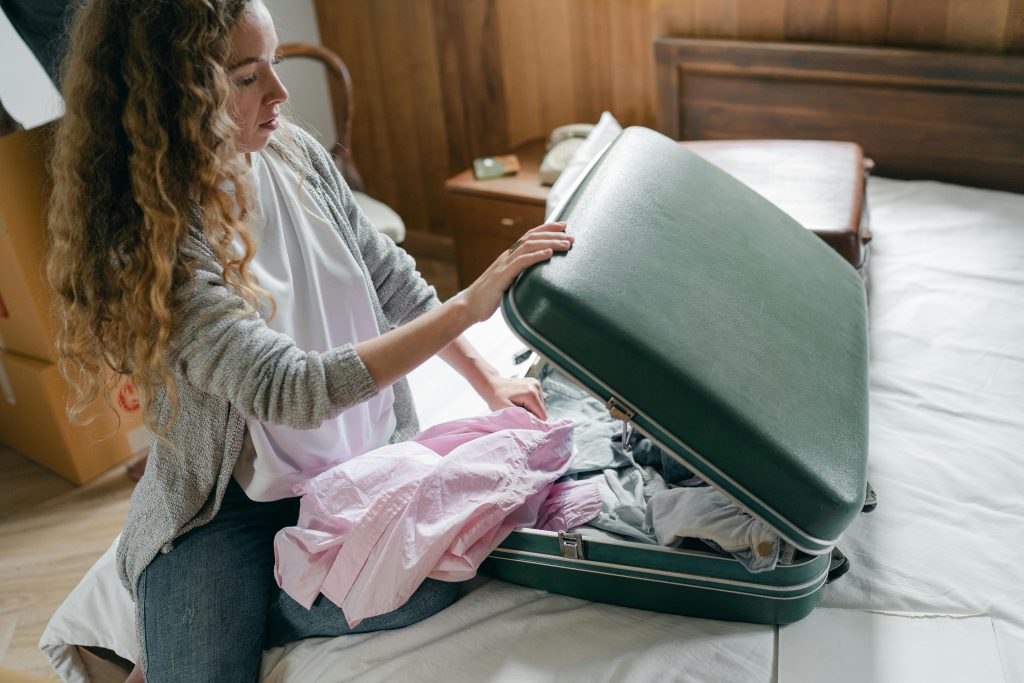
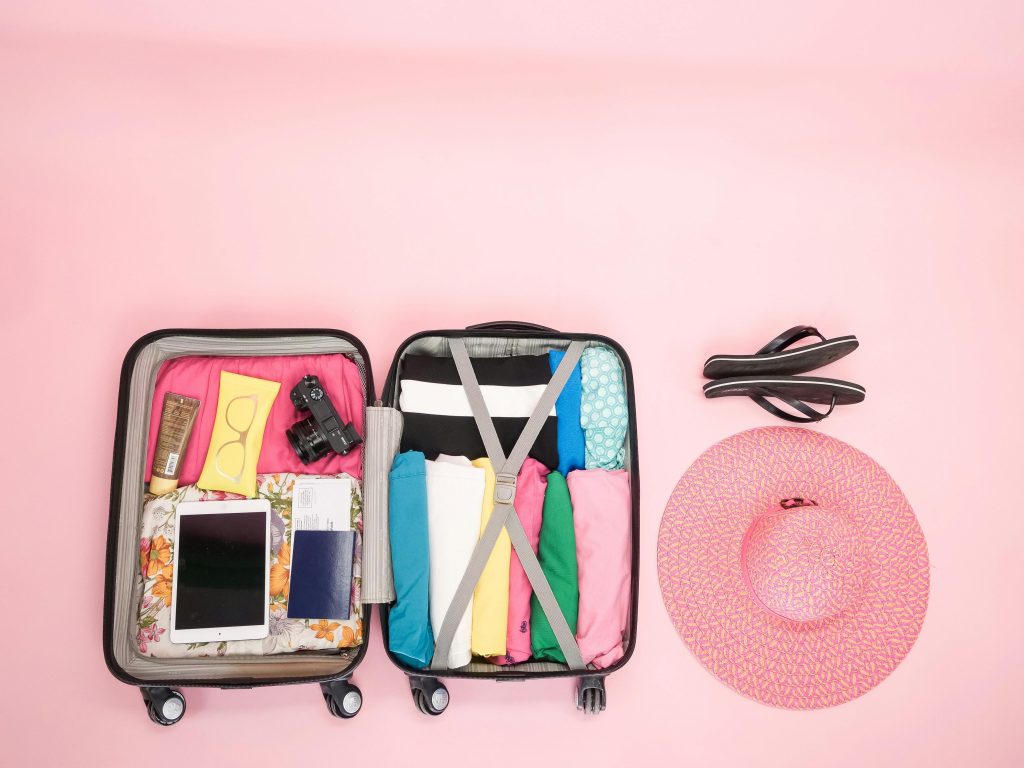
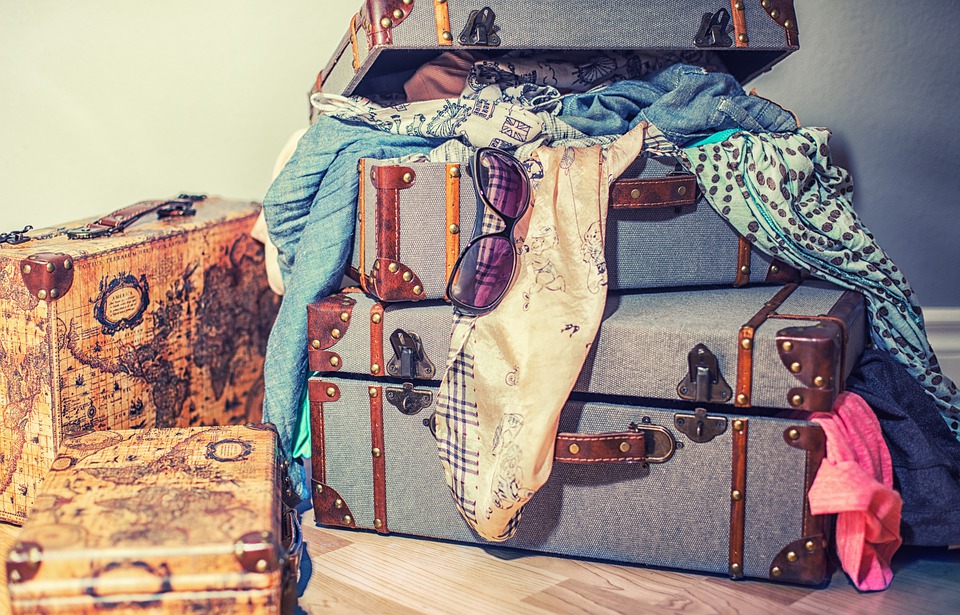

Responses